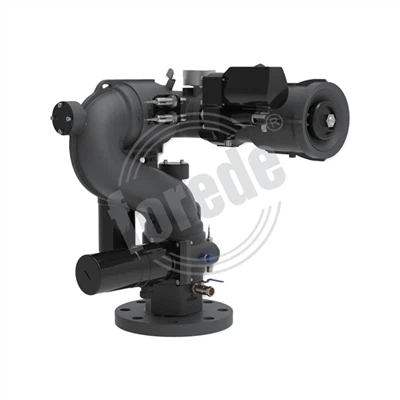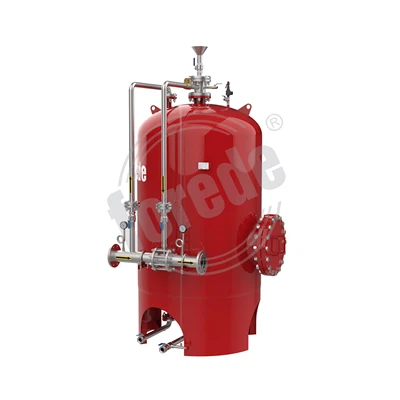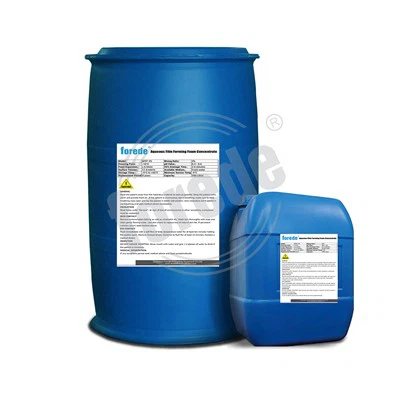How Fire Sprinkler Systems Work Animation?
Fire sprinkler systems are an essential component of fire safety in buildings. They are designed to detect and extinguish fires quickly, reducing the risk of property damage, injuries, and even fatalities. This animation will explain how fire sprinkler systems work.
The basic components of a fire sprinkler system include sprinkler heads, piping, control valves, water supply, and alarm devices. Sprinkler heads are placed throughout the building, typically on the ceiling, and are designed to activate when exposed to high temperatures.
When a fire starts in a room, the air temperature near the ceiling quickly rises. When the temperature exceeds a specific threshold, the sprinkler head that is closest to the fire is triggered. This causes a release of water from the sprinkler, which begins to spray water on the fire. The water creates a fine mist, which cools the fire down, reducing its temperature and slowing its spread.
As the fire continues to burn, more sprinkler heads will activate as the temperature rises, ensuring that the fire is quickly contained and extinguished. The water supply to the sprinkler system is typically provided by a dedicated pipe connected to a water storage tank or municipal water supply.
In addition, a fire alarm system is connected to the sprinkler system, which is activated when the sprinklers activate. This alerts building occupants and the fire department of the emergency situation.
Overall, fire sprinkler systems are a highly effective way to prevent fires from spreading, protecting lives and property. Regular maintenance and testing are essential to ensure the system is functioning correctly and providing adequate protection.
E-mail:sale6@forede.com (Karina Xu)
WhatsApp:+86 158 8080 0883




















